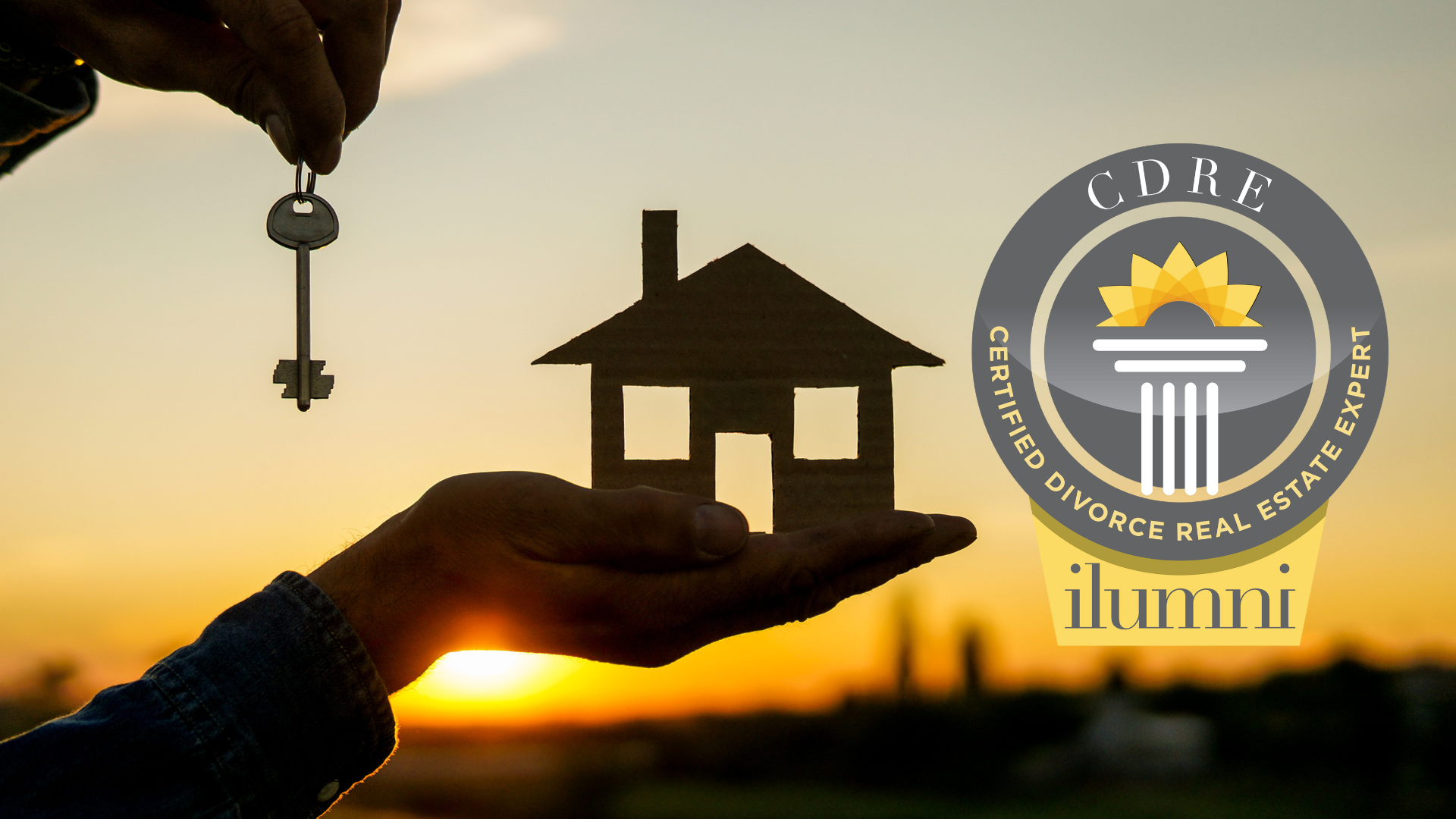Like many industries, the construction industry is slow to change and evolve. Many trends and technologies have been slowly increasing in popularity over the years, but 2017 is expected to be the year that some of these new techniques and design trends start to take over a larger share of the construction market. In particular, these new trends reflect the homeowner’s desire to improve his or her work-life balance. 
Trend #1: Off-site or Modular Construction Techniques
Modular or prefabricated construction has been around for a while, but it has been rising in popularity recently due to increasing labor and time constrictions as well as concerns about quality control. It is often cheaper, easier and more consistent to use prefabricated building materials. Since saving time and money is a priority with many architects and developers, many construction experts agree that prefabricated materials are often the way to go.
Trend #2: Communal Spaces
People are tending to live farther from their families and spend more time at work and surfing the web and using social media. Because of these factors, people are starting to look for more opportunities to interact with their neighbors. Builders are capitalizing on this desire in their designs by including spaces such as neighborhood clubhouses, large outdoor decks adjacent to the pool area or game rooms. These communal spaces are usually within easy walking distance of the homes and can be used for all kinds of meetings and events, from neighborhood gatherings to family reunions and more.
Trend #3: Paint Color of the Year: Taupe
While white is still the most popular color to paint the walls of a home, taupe has replaced gray as the second-most popular color. Compared with gray, taupe has a warmer tone, something that tends to make a room more inviting. This color pairs well with hardwood floors and is expected to become widely used in exterior decorating as well as interior decorating.
Trend #4: Work Hard, Play Hard
As a whole, Americans are spending more time at work and less time relaxing. Second careers or other part-time jobs have extended many people’s working years, delaying retirement. Because of this, it is becoming more important for homeowners of all ages to have easily accessible recreational opportunities.
Buyers place a premium on homes or neighborhoods with putting greens, tennis or bocce ball courts, and other amenities such as outdoor kitchens or pizza ovens. New-construction homes and neighborhoods are being designed with this in mind, increasing the number of readily available green spaces and other functional outdoor areas.
This desire to further blend socialization and recreation with individual homes and neighborhoods is expected to impact new home designs and community plans throughout 2017 and into the future.


